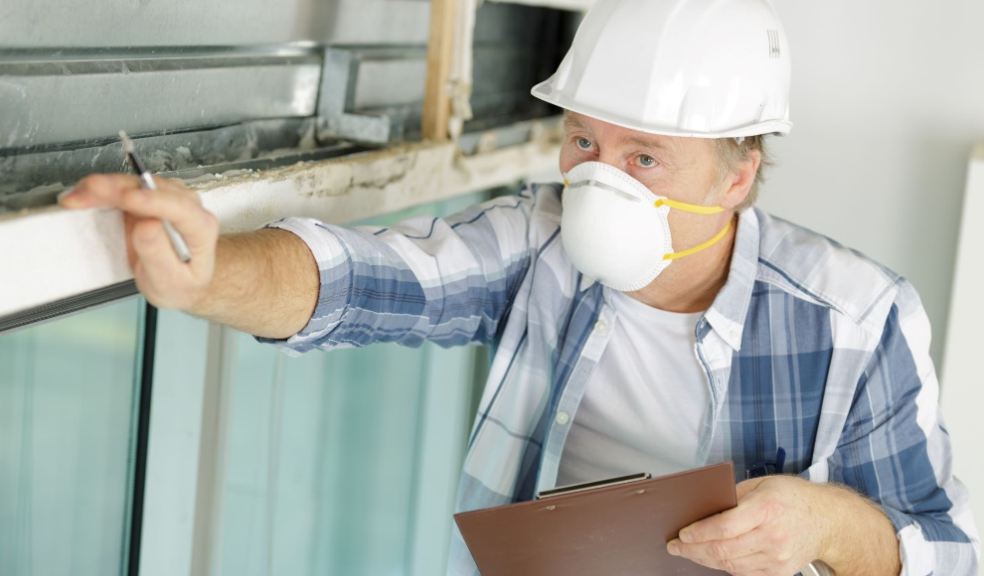
How To Spot And Handle Asbestos In Older Homes
Once lauded for its durability and heat resistance, asbestos was extensively used in construction materials throughout the 20th century. However, its fibers now pose significant health risks when inhaled, leading to diseases such as asbestosis, lung cancer, and mesothelioma. As such, identifying and managing asbestos in older homes is crucial for ensuring a safe living environment.
Read on to learn how to spot and handle asbestos in older homes.
Common Locations of Asbestos in Older Homes
In residences built before the 1980s, asbestos may be present in various materials. These can include:
- Insulation: Asbestos is particularly found around steam pipes, boilers, and furnace ducts.
- Flooring: Vinyl tiles and the backing on vinyl sheet flooring often contained asbestos.
- Ceilings: Textured paints and similar patching compounds on wall and ceiling joints, especially those applied before 1977 contain asbestos.
- Roofing and Siding: Some shingles are made of asbestos cement.
- Walls and Floors: Materials like asbestos paper, cement sheets or millboards were used around wood-burning stoves.
However, for a more comprehensive list of potential asbestos-containing materials, consult reliable resources to learn where to find asbestos in the home.
Health Risks Associated with Asbestos Exposure
Inhaling asbestos fibers can lead to severe health issues. These can include:
- Asbestosis: This is a chronic lung disease which causes scarring of lung tissue.
- Mesothelioma: This rare cancer affects the lining of the lungs or abdomen.
- Lung Cancer: This is an increased risk, especially among smokers.
Symptoms may not appear until decades after exposure, underscoring the importance of proactive management.
Professional Asbestos Removal Services
Hiring licensed professionals is crucial when asbestos removal is necessary to ensure safety and compliance with regulations. For instance, working with experts, such as those at westfieldasbestosremoval.co.uk or similar providers specialize in properly assessing, containing, and removing asbestos-containing materials. These professionals follow strict safety protocols to minimize exposure risks and prevent contamination.
Furthermore, removing asbestos without the required expertise can be extremely hazardous, increasing the likelihood of airborne fibers spreading and endangering health. Certified specialists use advanced equipment and techniques to handle asbestos safely, ensuring the affected area is thoroughly decontaminated and meets legal safety standards for public and occupational health.
Steps to Take If You Suspect Asbestos in Your Home
Discovering potential asbestos in your home requires caution and proper action to protect your health. Disturbing asbestos-containing materials can release harmful fibers into the air. This guide outlines essential steps to take if you suspect asbestos in your home:
Do Not Disturb
Avoid touching or attempting to remove any suspected asbestos-containing materials (ACMs). Disturbing these materials can release hazardous fibers into the air, increasing the risk of inhalation. Even minor interactions, such as drilling, sanding, or cutting, can cause asbestos particles to become airborne.
Instead, restrict access to the area and inform household members to exercise caution. Sealing off the suspected material by closing doors or using warning signs can help prevent accidental disturbance.
Consult Professionals
Hiring a certified asbestos professional is essential for accurate assessment and safe handling. An asbestos inspector can conduct a thorough examination, identifying potential ACMs and determining whether testing is necessary. These professionals follow strict protocols to collect material samples without causing unnecessary exposure. They can also provide expert guidance on the appropriate course of action based on test results.
Moreover, avoid relying on visual inspections alone, as asbestos fibers are microscopic and undetectable to the naked eye. In this case, certified inspectors ensure compliance with safety regulations while minimizing health hazards, offering peace of mind through expert evaluation and risk assessment.
Testing
If a professional determines testing is required, they’ll safely collect samples and send them to a certified laboratory for analysis. Laboratory testing confirms whether the material contains asbestos and identifies its type and concentration. If asbestos is present, the next step is to assess the material’s condition. Intact and undisturbed asbestos may not pose immediate risks, but damaged or deteriorating ACMs can release harmful fibers into the air.
Proper testing can also help determine whether containment, repair, or removal is the safest course of action. This ensures compliance with health and safety guidelines while protecting household members from exposure.
Decision Making
Once asbestos presence is confirmed, determining the best course of action is critical. If the material is intact, undisturbed, and unlikely to be damaged, it may be safer to leave it in place while monitoring its condition regularly. However, professional remediation is necessary if the asbestos-containing material is deteriorating or situated in an area where it may be disturbed.
Depending on the risk level, experts may also recommend encapsulation to seal the material or full removal for long-term safety. Making an informed decision with professional guidance ensures compliance with safety standards while minimizing asbestos exposure risks.
Preventive Measures for Homeowners
Preventive measures against potential hazards in your home are essential for long-term safety. Below are the key steps you can take to protect your property and health:
- Regular Inspections: Periodically check areas where ACMs are commonly found for signs of wear or damage.
- Avoid DIY Disturbance: Refrain from drilling, sanding, or cutting materials that may contain asbestos.
- Stay Informed: Educate yourself about asbestos and its potential locations in your home.
In addition to the ones mentioned above, there are also legal and environmental considerations to remember. Generally, improper handling and disposal of asbestos are both dangerous and illegal. Hence, to manage this process responsibly, ensure that any removal and disposal comply with local regulations.
Conclusion
Managing asbestos in older homes requires vigilance and adherence to safety protocols. By keeping the information mentioned above in mind, you can protect your health and maintain a safe living environment.













